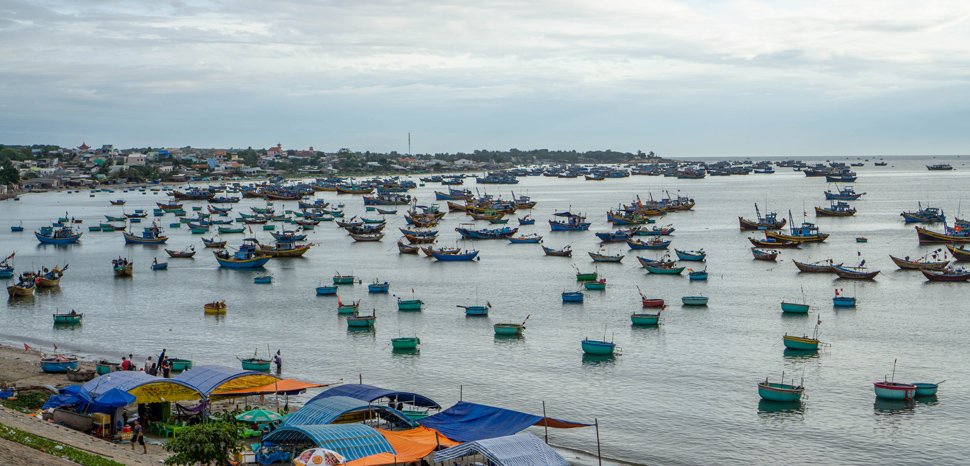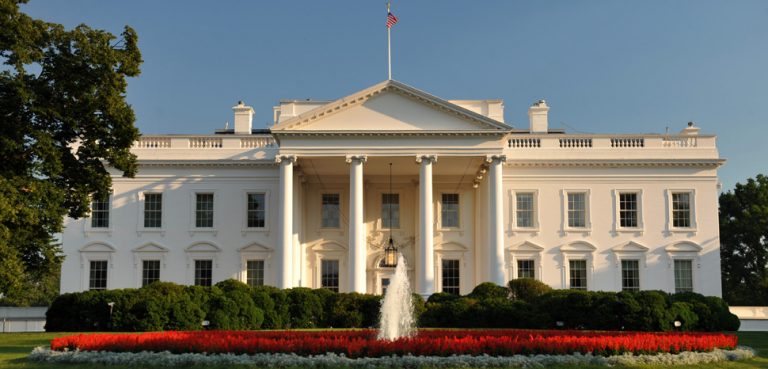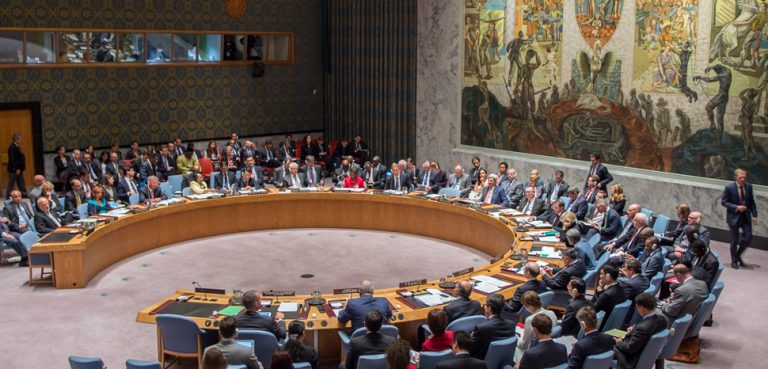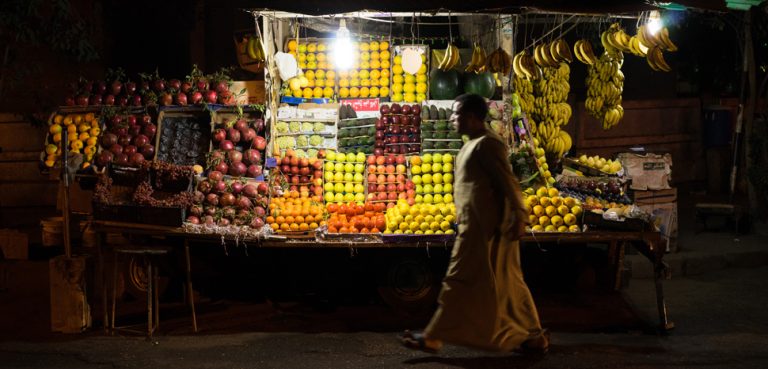Amid the staggering statistics of more than 218,000 COVID-19 deaths, 3.1 million plus reported positive cases and an untold surge of suffering, last month’s unprovoked sinking of Captain Tran Hong Tho’s wooden trawler by a Chinese coast guard vessel in the disputed South China Sea is lost in the storm of the current pandemic.
While Tho and his crew of eight survived, it is clear there’s little time for the world to pay attention to this wreckage against the background of the global viral threat of the novel coronavirus and the mounting grim statistics of ravaged lives, shuttered stores, schools, and factories everywhere.
In the early morning with a red sky on the horizon, the 33-year-old Quang Ngai province fisherman had already said his goodbye to family and set sail with his crew to earn their livelihood near the Paracel Islands. It’s a scene played out every day as these sentinels of the sea raise and lower their nets.
All fish stories begin the same way, and this one is no different. They begin with the fish.
The ocean is vast, covering over 140 million square miles. This represents some 72 percent of the earth’s surface. Since early recorded history oceans have served as the passageway for adventure, commerce, discovery and trade.
Like the global coronavirus, the ocean has kept people apart and connected them.
The South China Sea is a marginal sea despite encompassing nearly 1.4 million square miles. Which to cartographers and marine scientists simply means that it is the division of an ocean. Along with archipelagos, islands and peninsulas it is the place where an ocean surrenders itself to the inevitably of the earth. It is an ocean interrupted, or at the end.
These fishers, bound to communities that celebrate and link maritime heritage to national history, are caught in the middle of disputes between external belligerent parties which want to monopolize decreasing maritime resources.
The sea is under all kinds of assault: climate change, acidification, coral reef destruction, industrial pollution, marine plastics, and overfishing, to name but a few. The Spratlys, an archipelago, comprised of hundreds of reefs, sandbars and tiny atolls, sprawl some 160,000 square miles. These islands are surrounded by rich fishing grounds and potentially by gas and oil deposits with one of the busiest international sea lanes nearby. Vietnam and China have for years been embroiled in a dispute over the this stretch of water, referred to as the East Sea by Vietnam.
For centuries, the South China Sea has provided abundant fisheries for its coastal countries. Flushed all year round by many large rivers, the flat and shallow sea- beds of this body of water are among the world’s most productive fishing grounds.
As a result, there’s increasing competition for the more than 3,000 species of fish swimming through these waters. But overfishing, along with illegal and unreported catches, have already collapsed coastal fish stocks, forcing trawlers to go further from home.
But at home for fishermen whether they are from Ly Son Island or Tanmen, China offers only increased threat and fear because of the coronavirus. There’s much speculation about the origins of the virus but it’s certain now that the initial outbreak was in Wuhan, China.
In the complicated endgame blame, most agree that Beijing mishandled the epicenter of the disease by silencing doctors, concealing test results, and granting selective access to the World Health Organization. This lack of transparency spills over into the South China Sea since China does not provide data on the health of the coral and fish populations at the reclaimed reefs where they have constructed various military-type installations.
Meanwhile, apart from the IUU fishing and the maritime incidents involving the fishermen, the present collision course over lingering sovereignty and maritime boundaries becomes ever more entangled. That is not to say that Vietnam does not use fishermen as sentinels or part of a ‘paramilitary force, especially in the Paracels.
Greg Polling, director of the Asian Maritime Transparency Initiative (AMTI) at the Center for Strategic and International Studies (CSIS), claims that over 50 percent of the fishing vessels in the world operate in the South China Sea. The statistics are staggering. Vietnam has over 30,000 fishing boats and China 100,000 or more steel hulled trawlers plundering the declining fish stocks.
Again, Vietnamese fishermen are not blameless since they too have been caught illegally fishing last month in Indonesia’s waters close to Natuna Islands. Their activities only serve to dramatize the lengths that fishermen travel to find their fish. The South China Sea remains seriously over-exploited with fish stocks declining between 70% to 95% over the past four decades.
China with its 15 million fishermen, represents nearly 25 percent of the world’s total, while ASEAN countries have at least 30 million fishermen, according to the Food and Agricultural Organization of the UN (FAO). These fishing figures, the decline of inshore fish stocks, massive government subsidies, and rising consumption of fisheries products at home and abroad only adds exponential pressure to the fragile marine ecology, and furthermore increases the potential for more clashes among fishing fleets in the South China Sea.
The latest attack on a Vietnamese fishing trawler marks the second time in less than a year that a vessel has been sunk by a Chinese ship near the PRC-controlled Paracel Islands.
Some security analysts do suggest the COVID-19 pandemic gives cover to not only China but other claimants to leverage the health crisis as a strategic opportunity to sail into disputed waters.
The English language website of the People’s Liberation Army highlights Beijing’s large-scale naval exercises, the sinking last month of the Vietnamese fishing boat, and the ramping up of military industries in Wuhan.
Despite warnings from the U.S. State Department to focus on combating the pandemic and “stop exploiting the distraction or vulnerability of other states to expand its unlawful claims,” the Chinese Haiyang Dizhi 8, a survey ship, flanked by Chinese coast guard vessels and at the center of a stand-off with Vietnam last year, has returned to the same disputed waters.
While neither China nor Vietnam are short of water diplomacy tools in the South China Sea propaganda war, Vietnam takes pride in their low number of confirmed COVID-19 cases with only 272 reported and no deaths. In Hanoi, the Communist Party has effectively deployed the state apparatus to mobilize security forces and healthcare workers to efficiently quarantine and trace tens of thousands of people.
An outbreak aboard a ship can prove fatal and represents a threat to the public health particularly with these fishing trawlers sailing across transboundary waters. In a recent CSIS commentary, the marine experts claim “that fifty million people are employed in marine fisheries—largely in developing countries with dismal records on safety, health and human rights.”
For fishermen, there’s no chance for social distancing, only constant vigilance as they gaze out across the vast expanse of sea and sky to the farthest grey horizon.
The views expressed in this article are those of the authors alone and do not necessarily reflect those of Geopoliticalmonitor.com or any institutions with which the authors are associated.




